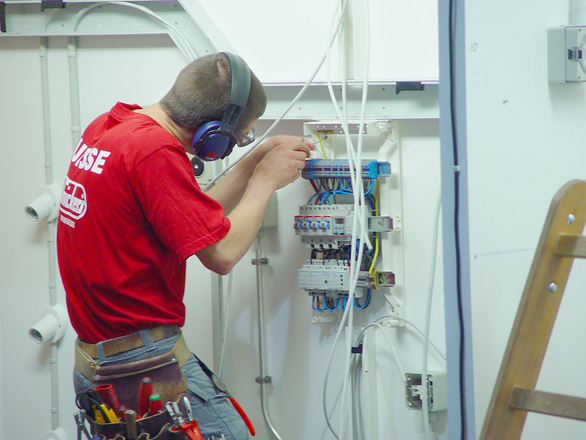Network Cable Wiring Options Available In The Toronto Market
Since the advent of computers there have been a number of cables in the market. Network cables are connectors used in the transferring of data and processed information between routers, computers and switches. All the different cables have their pros and cons and are chosen based on these criteria. The types of network wiring available include:

Coaxial cables
They are among the oldest type of wiring in the industry as it dates back from the 1880’s. Its strongest point is that it is the best solution in connecting television antennas. Coaxial cables are of two types which possesses a standard of 10 Mbps Ethernet cables. It consists of thinnet (10 BASE 2) and thicknet (10 BASE 5). The inner copper wire is both insulated and shielded. The cable stiffness poses a difficulty in installation and maintenance processes.
Fiber Optics Cabling
For this kind of network cable, no metal wires are used. Instead it employs strands of glass and electric signals light transmitter. It is flexible hence can be bent which is highly effective with Wide Area Network (WAN) especially in environments with network traffic. Fiber optics is also of two types, single and multimode. Single mode is (100 BASE SX standard) while for multimode is 100 BASE SX standard. For longer distances, single mode is the better option following its higher bandwidth while shorter distances employ the latter given its affordability since it is low cost.
Twisted Pair Cables
In the 1990’s, twisted pair cables was the leading cabling option for Ethernet. The mechanism of this cable type is wounding of 8 wires which help to minimize electromagnetic interference. The network wiring have seen an upgrade from 10 Mbps (10 BASE-T also CAT 3) then it progressed to 100 Mbps (100 BASE-TX CAT 5 and CAT 5e) and finally 10 Gbps (10 G BASE-T). It is of two types Unshielded Twisted Pair (UTP) and Shielded Twisted Pair (STP).
Cross over cables
Network devices which are of the same type need to be connected when transferring data or information. When two devices such as personal computers are joined, cross over cables are the most common wiring system that are used. A common example is the null modem cables. Most Ethernet crossover cables are similar in appearance to ordinary cables. The only difference that stands out is the variability in the color coding system of the wires. In recent times, cross over cables have been used in routers.
USB cables
These are another type of cables which provide connection of device to device. Universal Serial Buses connect computers to peripheral devices such as the mouse and external hard drives. They also help in transferring information from one point to another. Special networks such as dongles have adapter that allows connection of Ethernet cables to the USB port. USBs feature a twisted pair cabling as its internal wiring type.
With the many network wiring systems, you will not fail to get one that suits your needs. You can also use these cables in a combination. Check out those wiring types for your network needs.
